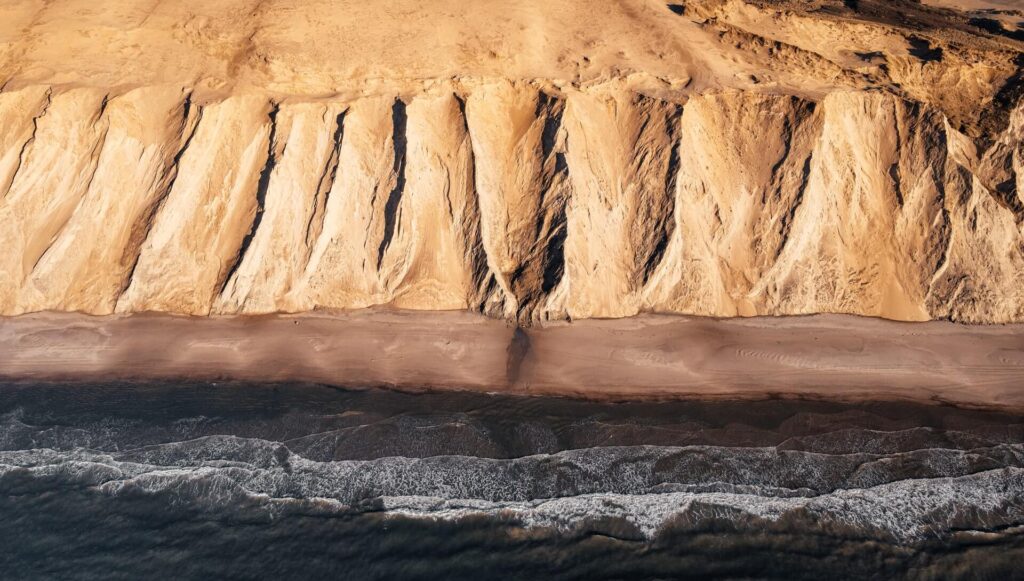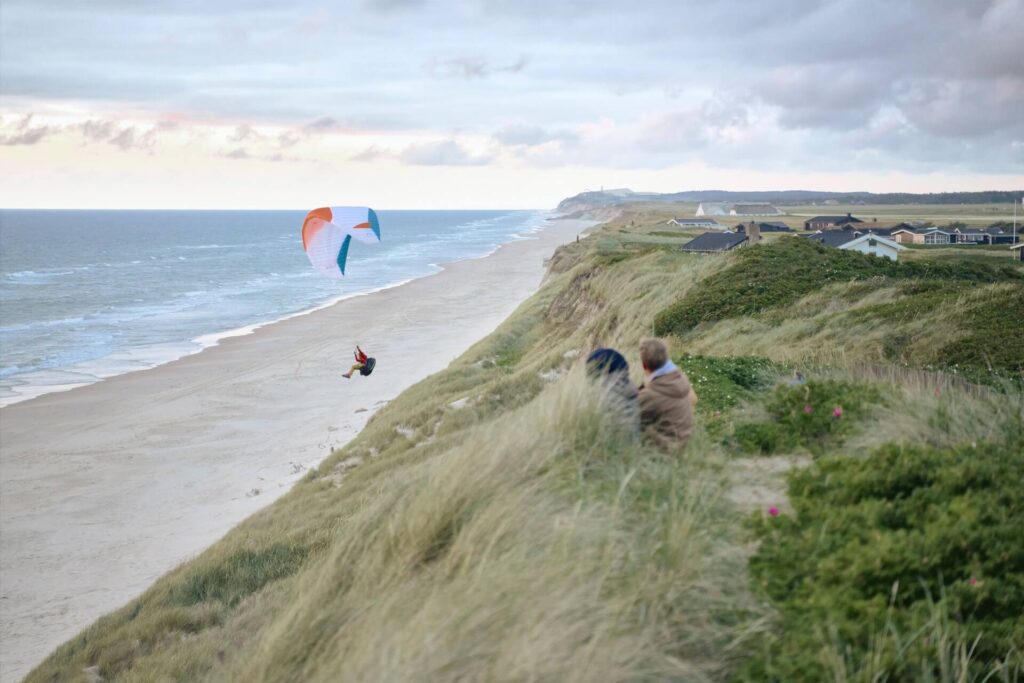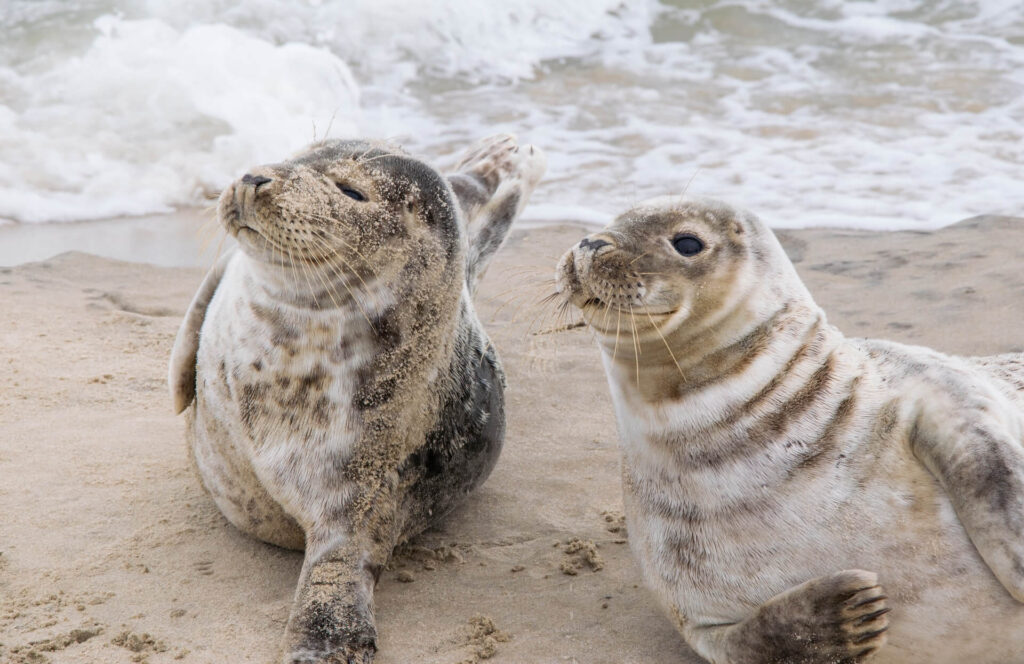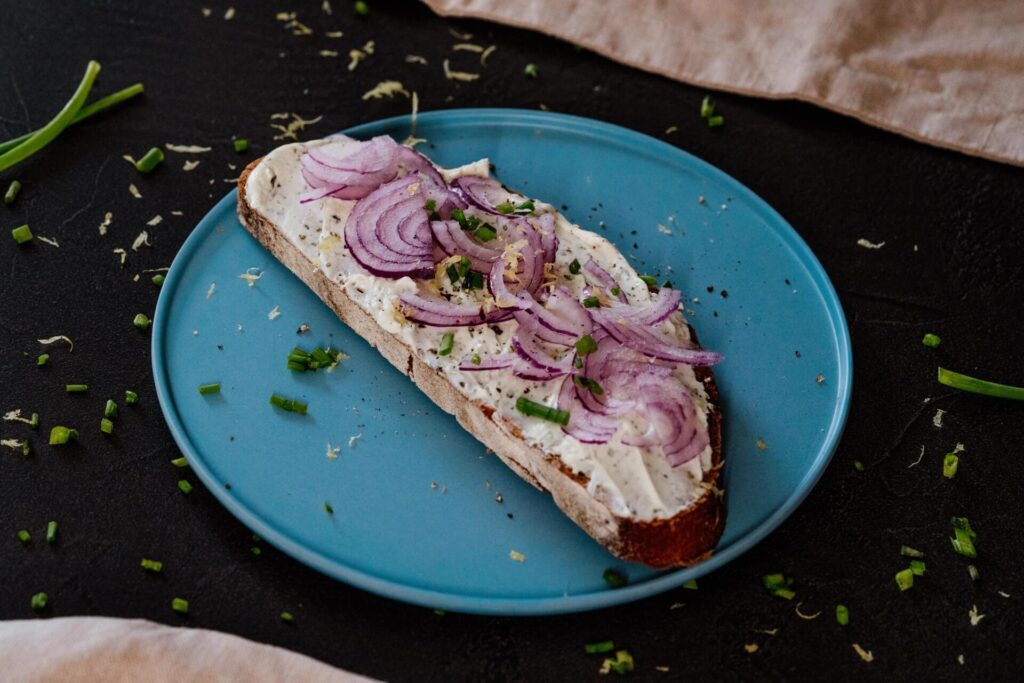In the north of the Danish mainland lies the region of North Jutland, which is known for its numerous beaches and rugged coastal areas. Here you will find huge shifting sand dunes, cosy coastal towns and perfect conditions for water and wind sports. But there is also plenty to discover culturally: numerous museums in the capital Aalborg, the historic bunkers on the North Sea beach or many lighthouses in sometimes unexpected locations – North Jutland has more to offer than just beaches!
The region of North Jutland (Danish: Nordjylland) is the northernmost region in Denmark and has the lowest population of the five regions. It is located on the Danish mainland and is characterized by beaches and small coastal towns. The island of Læsø is also part of North Jutland. The capital and administrative center of the region is the city of Aalborg.
| Area | 7,933 km² |
|---|---|
| Inhabitants | 590,322 |
| Population density | 74 inhabitants per km² |
North Jutland’s nature: pure beach idyll
North Jutland forms the northern coast of Denmark and lies on both the Skagerrak and the North Sea, as well as the Kattegat, plus the Limfjord, which stretches through the region – the landscape and nature is characterised by (rugged) coastline, beach and sea.
Rubjerg Knude, the region’s most known landmark, is particularly spectacular and popular with tourists. It is one of the largest shifting sand dunes in Europe, located between the towns of Lønstrup and Løkken on the North Sea, and is a Natura 2000 protected area. It can reach up to 100 metres in height, making it the highest point of the cliffs, which not only makes it popular with hikers, but also with paragliders and hang-gliders. Denmark’s largest shifting sand dune, the Råbjerg Mine, is also located in North Jutland.
But even away from the rugged cliffs of the dunes, there are many other coastal regions and beaches that are worth a visit. The beach at Klitmöller is so popular with surfers that it has earned the town the nickname “Cold Hawaii”. The beaches on the Kattegat coast are particularly popular with families as they are smooth and child-friendly. You can also experience spectacular sunrises and sunsets here.
The island of Læsø in the Kattegat is also worth a visit. Not only does it have the most hours of sunshine in Denmark, it also boasts exceptional island nature – and 100 kilometres of beaches. The island is also perfect for hiking fans, cyclists and horse riders. Another highlight in North Jutland is Grenen, the tip of the region and the Danish mainland. Here you can experience yourself how the Skagerrak and Kattegat meet.
Cities and cultural sights in North Jutland
In addition to its spectacular views and nature, the above-mentioned travelling dune also offers a special attraction. Rubjerg Knude Fyr, a lighthouse that has been watching over the North Sea from the dune since 1900, is enthroned here. It became the object of attraction in 2019 when the lighthouse, which is a popular excursion destination and photo motif, was moved about 70 metres inland as the Danish authorities were expecting it to fall in the early 2020s. However, Rubjerg Knude Fyr has since regained its footing and is as popular as ever.
Aalborg, the capital of North Jutland and Denmark’s fourth largest city, is located on the northern shore of the Limfjord. Despite its size, it has not lost its charm and cosiness – the cosy alleyways of the old town are a wonderful place to take a stroll and enjoy the colourful atmosphere of the city. There is also plenty to experience culturally here, for example in the futuristic-looking cultural and music centres Utzon Center and Musikkens Hus. The Aalborgtårnet also offers a fantastic view of the city and region from a height of 55 metres, and the local zoo is one of the largest in Denmark.
The coastal towns of North Jutland are more tranquil, but just as cosy. They not only offer beaches and the sea, but often also exciting exhibitions and museums. In Blokhus on the Jammer Bay, for example, you will find an impressive sculpture park that extends over 20,000 square metres. There is also Fårup Sommerland, a leisure and water park that is particularly popular with children.
Things get really historical at the village of Lökken, where not only the shifting sand dune awaits visitors, but also a former coastal battery with a bunker complex. It was built directly on the beach as part of the North Atlantic defence wall during the Second World War, when Denmark was under German occupation. After the end of the war, the installation was left to nature – and today it is partly submerged in the sand or already washed away by the sea waves.
Culinary North Jutland: fish, cheese, sweets
As a coastal province, North Jutland naturally specialises in everything that comes from the sea – be it fish, mussels or other seafood. You can experience this in the restaurants and small fish shops, where you can try fish cakes and the like, or at one of the large fish auctions, for example in Skagen.
Cheese is also typical of North Jutland – there are numerous private dairy farms scattered across the region that have been producing cheese for decades, reflecting the character of the region in its flavour and consistency. One speciality is the “Bunker Cheese” from Ingstrup Dairy, which is matured in the former bunker in Lökken.
In addition to various farm shops selling locally grown produce, North Jutland is also a favourite with those with a sweet tooth. In addition to the organic ice cream produced in the dairies, there are Bolcheriet® sweet factories in both Skagen and Lökken, where you can not only buy the typical Danish hard sweets, but also watch them being made.















